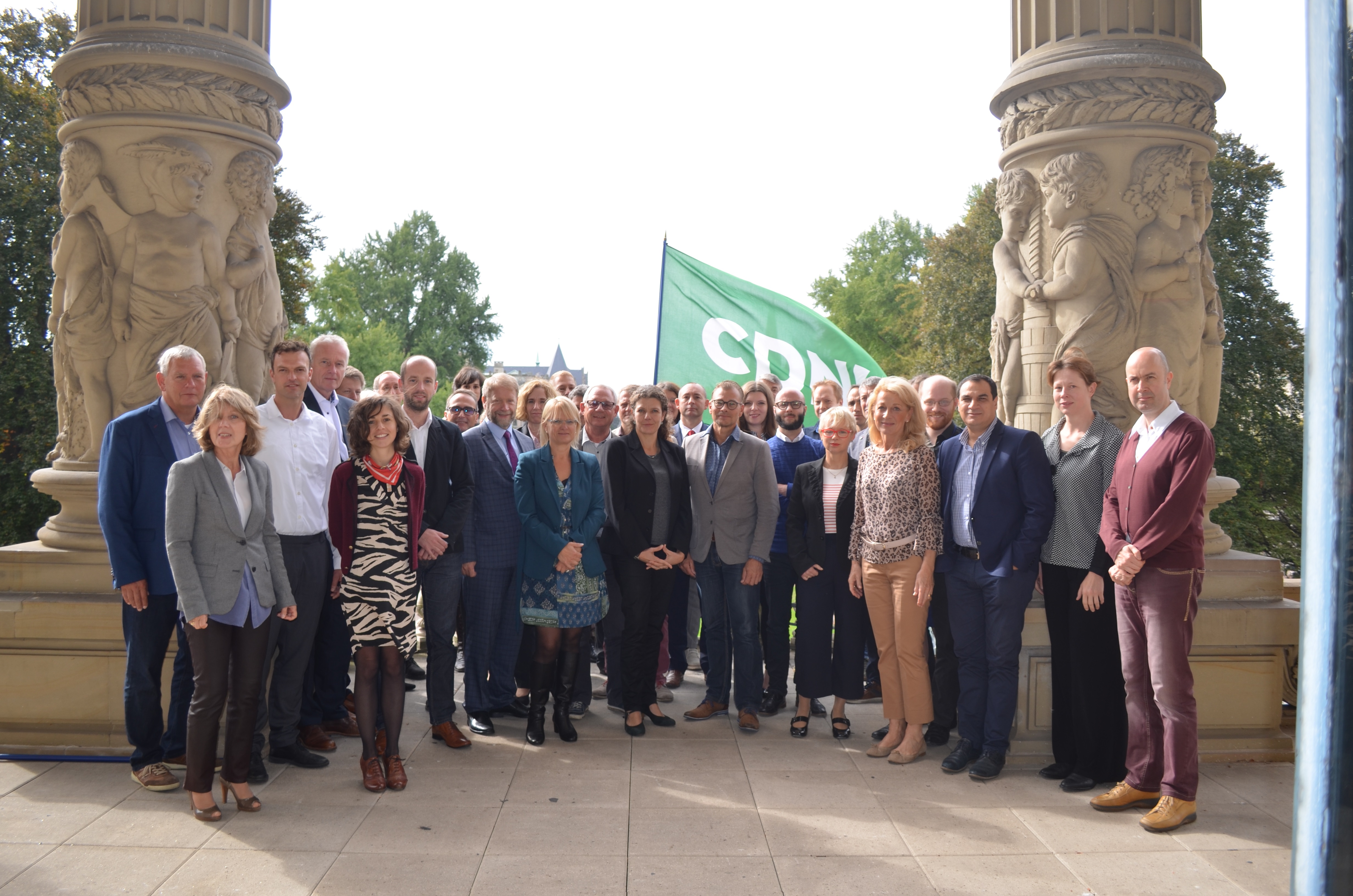Strasbourg, 04.10.2017 ‐ On 4 October 2017, the Contracting Parties and their executive authorities organised an international workshop on implementing Part B of the CDNI Convention (cargo residues). The implementation of Part B requires optimal co-operation between all cargo stakeholders, in particular the charterer, consignee, carrier, handling facility operator and boatmaster. The unloading certificate is used to record that the cargo residues have been received as per the regulations.

Source: Secretariat of the CDNI
This workshop was organised on the back of an anonymous online survey of all participating parties in order specifically to address the findings – in some need of explanation – and to improve the implementation of Part B of the CDNI Convention.
Based on specific case studies, the participants discussed possible measures to improve the implementation of Part B. As a result it was agreed:
The executive authorities suggested not amending the model unloading attestations at too short intervals, so that the correct models are actually used, thus promoting controllability.
Further information – The CDNI is currently dealing more in depth with Part B:
A revised version of the unloading standards (appendix III of annex 2: Unloading standards and deposit/reception requirements for the permissibility of discharging water water (incl. rainwater and ballast water) with cargo residues) will come into force on 1 January 2018 (see press release dated 16 December 2016: https://www.cdni-iwt.org/wp-content/uploads/2017/02/cpccp17_01de.pdf)
The electronic search and information tool WaSTo (Waste Standards Tool) is available on the following website: http://wasto.cdni-iwt.org/.
Requirements for compatible transport operations are being introduced, complementing the already existing requirements for exclusive transport operations. The new regulation came into force on 01 July 2017. The change also requires new versions of the unloading attestations, which came into force at the same time. The old versions may still be used until 30 June 2018.
The first amendment of the Convention on the collection, deposit and reception of waste produced during navigation on the Rhine and inland waterways (CDNI) and its Implementing Regulation was approved in July 2017. The amended Convention will come into force following ratification by all contracting parties (see press release dated 26 June 2017: https://www.cdni-iwt.org/wp-content/uploads/2017/07/cpccp17_02de_endg.pdf)
Several leaflets are published on the website:
The following is currently in hand:
Answers to frequently asked questions (FAQ) are regularly published on the website https://www.cdni-iwt.org/faq/?lang=en. These are intended to simplify application of the CDNI Convention and assist consistent interpretation.